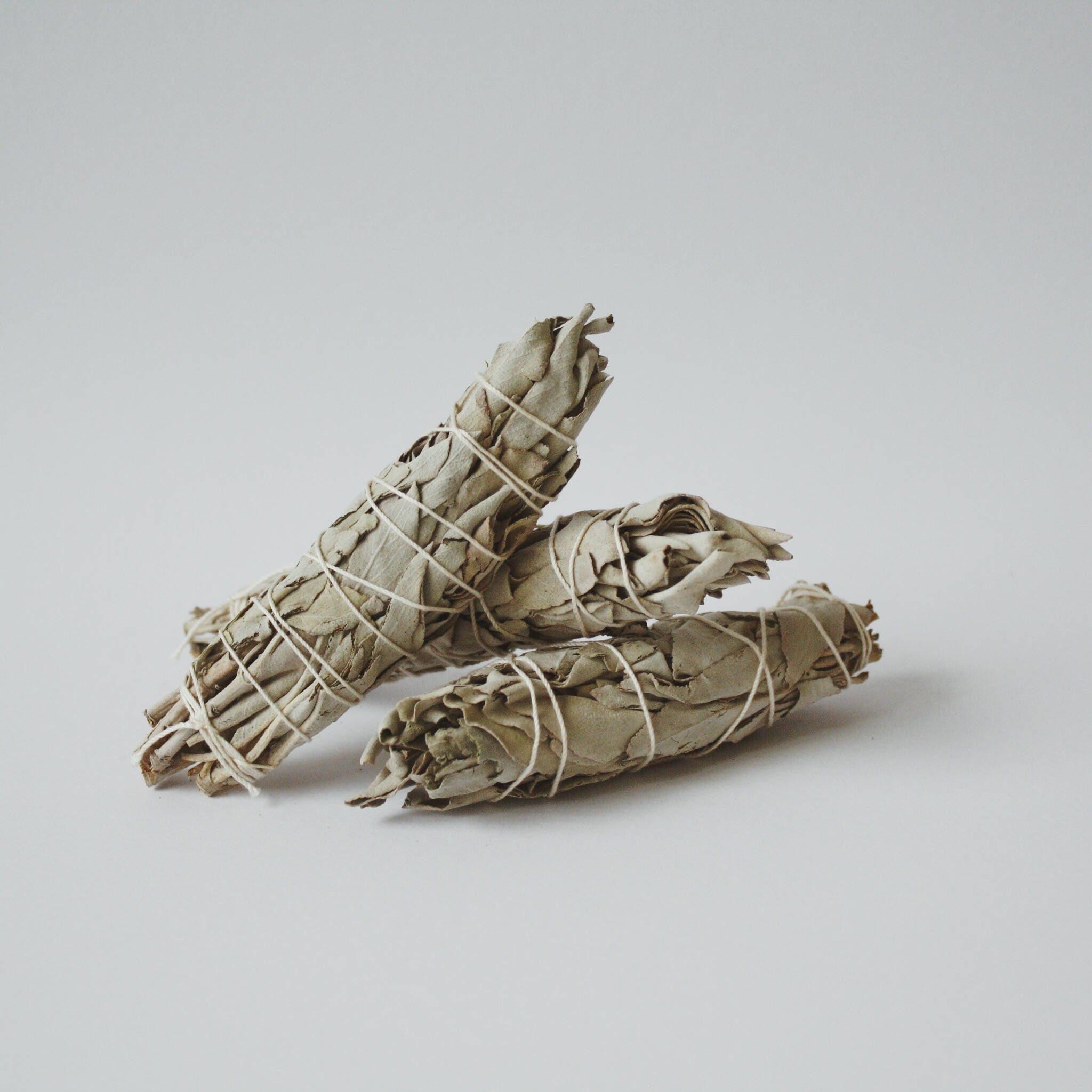

The Red Sage and the Broad-leaved variety of the White (or Green) Sage - both of which are used and have been proved to be the best for medical purposes - and the narrow-leaved White Sage, which is best for culinary purposes as a seasoning, are classed merely as varieties of Salvza officinalis, not as separate species. The two usually absent upper stamens are sometimes present in very small-sterile hooks. The form of the calyx teeth also varies, and the tube of the corolla is sometimes much longer. In cultivation, Sage is a very variable species, and in gardens varieties may be found with narrower leaves, crisped, red, or variegated leaves and smaller or white flowers. During its blooming season, moreover, the bees gather the nectar and genuine Sage honey commands there the highest price, owing to its flavour. The collection of Sage forms an important cottage industry in Dalmatia. The best kind, it is stated, grows on the islands of Veglia and Cherso, near Fiume, where the surrounding district is known as the Sage region. When wild it is much like the common garden Sage, though more shrubby in appearance and has a more penetrating odour, being more spicy and astringent than the cultivated plant. Habitat-Sage is found in its natural wild condition from Spain along the Mediterranean coast up to and including the east side of the Adriatic it grows in profusion on the mountains and hills in Croatia and Dalmatia, and on the islands of Veglia and Cherso in Quarnero Gulf, being found mostly where there is a limestone formation with very little soil. All parts of the plant have a strong, scented odour and a warm, bitter, somewhat astringent taste, due to the volatile oil contained in the tissues. The flowers are in whorls, purplish and the corollas lipped. The leaves are set in pairs on the stem and are 1 1/2 to 2 inches long, stalked, oblong, rounded at the ends, finely wrinkled by a strongly-marked network of veins on both sides, greyish-green in colour, softly hairy and beneath glandular. Basic Description-Sage generally grows about a foot or more high, with wiry stems. Gerard mentions it as being in 1597 a well-known herb in English gardens, several varieties growing in his own garden at Holborn. It has been cultivated for culinary and medicinal purposes for many centuries in England, France and Germany, being sufficiently hardy to stand any ordinary winter outside. The Common Sage, the familiar plant of the kitchen garden, is an evergreen undershrub, not a native of these islands, its natural habitat being the northern shores of the Mediterranean. Medicinal Recipes -Synonyms-( Old English) Sawge.


 0 kommentar(er)
0 kommentar(er)
